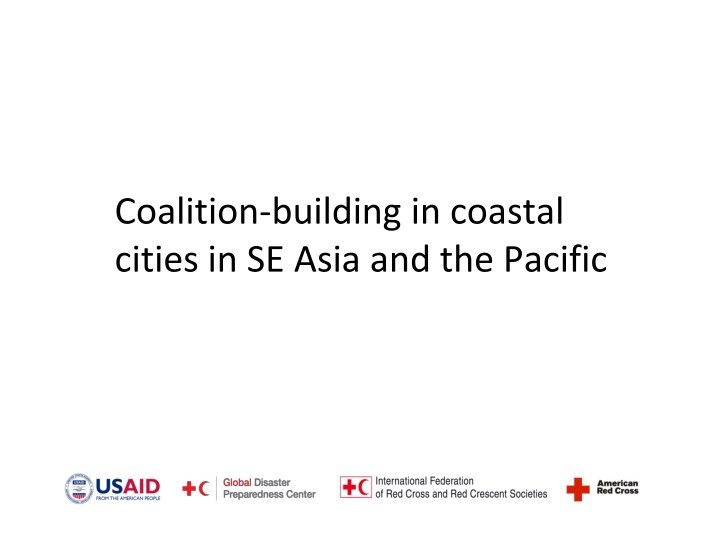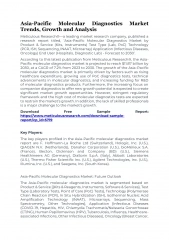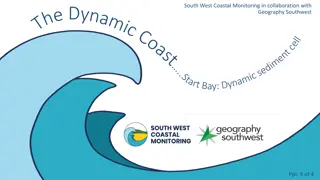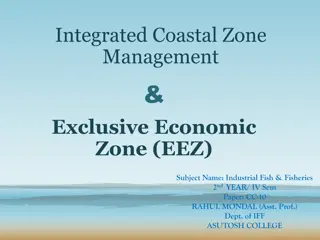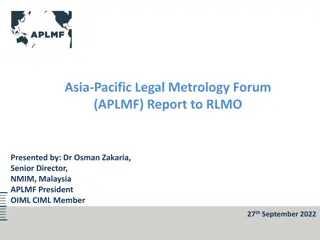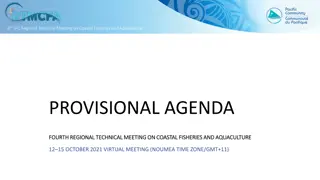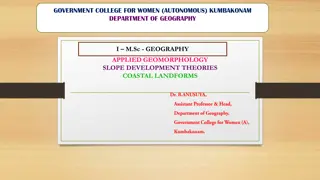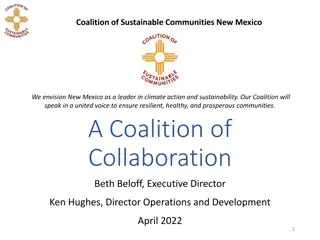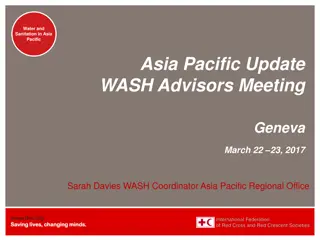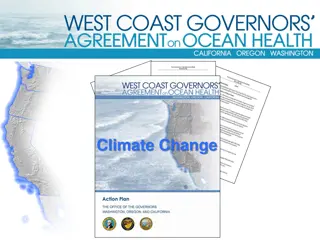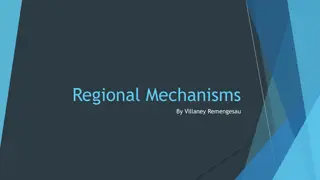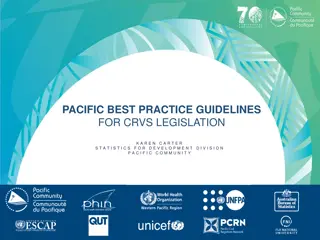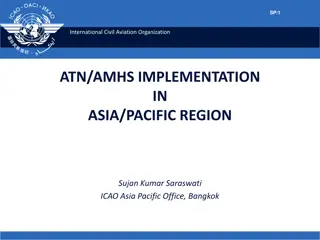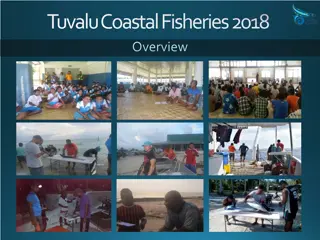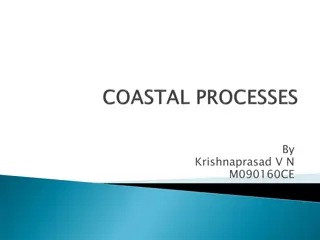Coalition-building in Coastal cities in SE Asia and the Pacific
Overlapping trends in climate change and coastal risk impact in Southeast Asia and the Pacific, highlighting the challenges and opportunities for climate change adaptation and coastal resilience. The potential for collective action and connectedness in building community resilience is explored, along with the opportunity presented by a new project supported by USAID/OFDA to pilot coalition-building initiatives.
Download Presentation

Please find below an Image/Link to download the presentation.
The content on the website is provided AS IS for your information and personal use only. It may not be sold, licensed, or shared on other websites without obtaining consent from the author.If you encounter any issues during the download, it is possible that the publisher has removed the file from their server.
You are allowed to download the files provided on this website for personal or commercial use, subject to the condition that they are used lawfully. All files are the property of their respective owners.
The content on the website is provided AS IS for your information and personal use only. It may not be sold, licensed, or shared on other websites without obtaining consent from the author.
E N D
Presentation Transcript
Coalition-building in coastal cities in SE Asia and the Pacific Page 1
Overlapping trends Climate change Average number of people affected by natural hazards in Southeast Asia Climate-related Non-climate-related Unattributed 40,000,000 35,000,000 30,000,000 25,000,000 20,000,000 15,000,000 10,000,000 5,000,000 0 1987 2000 2013 1984 1985 1986 1988 1989 1990 1991 1992 1993 1994 1995 1996 1997 1998 1999 2001 2002 2003 2004 2005 2006 2007 2008 2009 2010 2011 2012 Source: CRED EM-DAT data Page 2
Overlapping trends Coastal risk Coastal cities in Asia and percentage of national urban population in low elevation coastal zones Page 3 Source: Fuchs, R (2010): Cities at Risk: Asia s Coastal Cities in an Age of Climate Change. In: Analysis from the East- West Center, No. 96.
Overlapping trends Urbanization Estimated and projected urbanization, Southeast Asian countries Page 4 Source: Human Development and Urbanisation, Civil Service College, Singapore, World Cities Summit Issue, June 2008, based on data from the United Nations Department of Economic and Social Affairs, World Urbanisation Prospects: The 2005 Revision
The challenge When it comes to climate change adaptation and coastal resilience, cities have both special risks and special opportunities Page 5
Connecting on risks & opportunities IFRC Framework for Community Resilience identifies connectedness as the foundation for resilience-building. What should connectedness on community resilience look like in our world and in our cities given the risks we face and the resources available? Collective action by diverse stakeholders Multiplier effects through our networks (civil society, business community, professional and voluntary associations) Individuals and communities as agents of change Self-sustaining Page 6
The opportunity USAID/OFDA has awarded support to the GDPC, AmCross, and IFRC for a new project to : 1) Pilot coalition-building to strengthen coastal resilience in urban communities; 2) Explore ways to expand partnering around climate smart approaches to community resilience; 3) Develop a new tools and capacity development services to help NS and branches to lead this work as convenors and facilitators. Page 7
The parameters The project has the following parameters : 1) Preliminary piloting in one country for up to 2 years 2) Expansion to 2 other countries for an additional 2 years 3) Total engagement of 15-20 cities or urban districts 4) Significant opportunities for regional engagement and learning Page 8
The goals for the workshop 1) Map out the existing experience and tools we can draw on; 2) Identify how we can create additional strengths working in coalitions; 3) Identify the skills and services our branches and volunteers will need to help lead this work at local level; 4) See how this matches National Societies interests and strategies. Page 9
